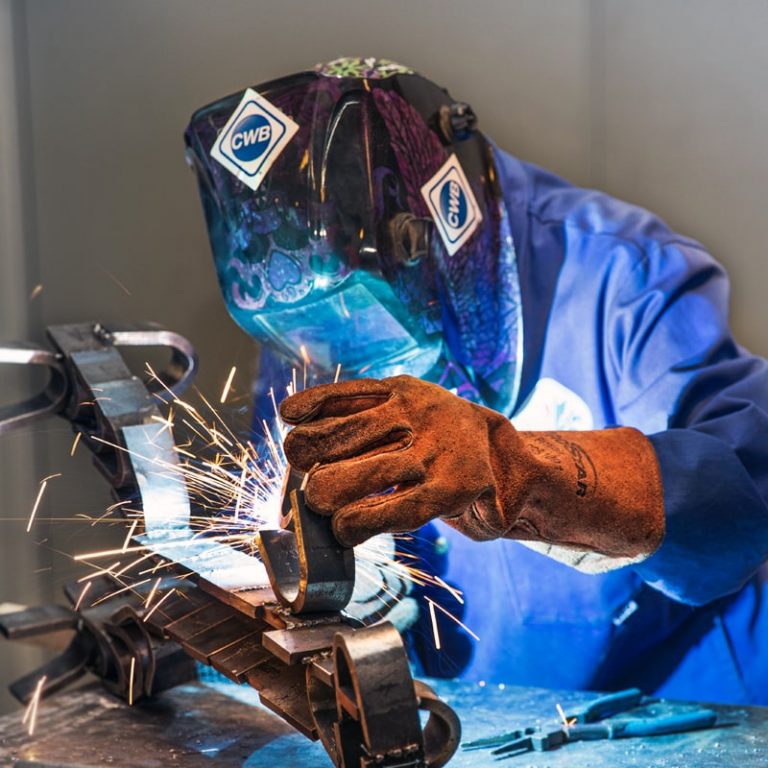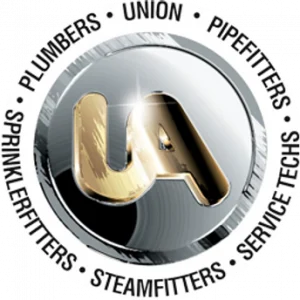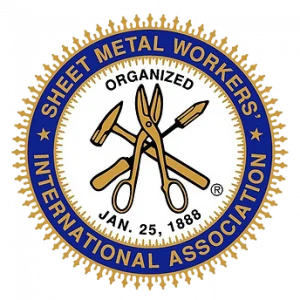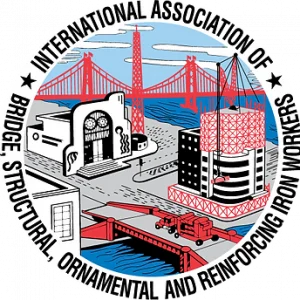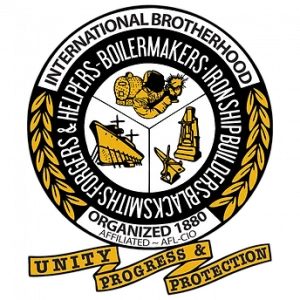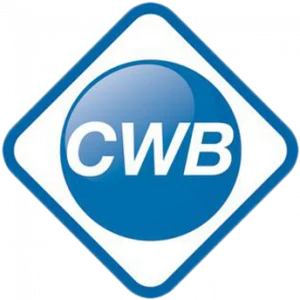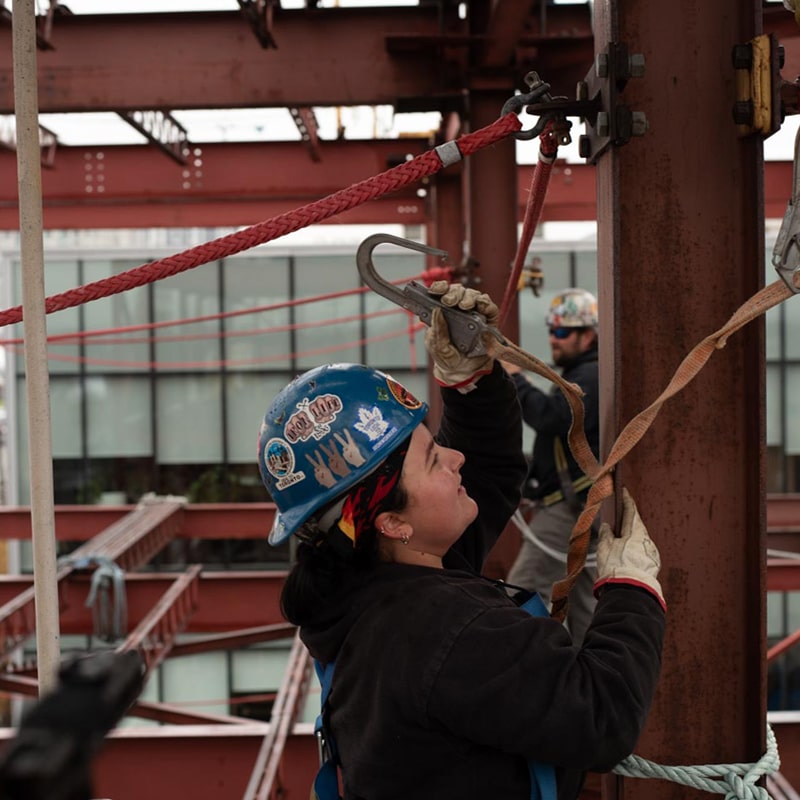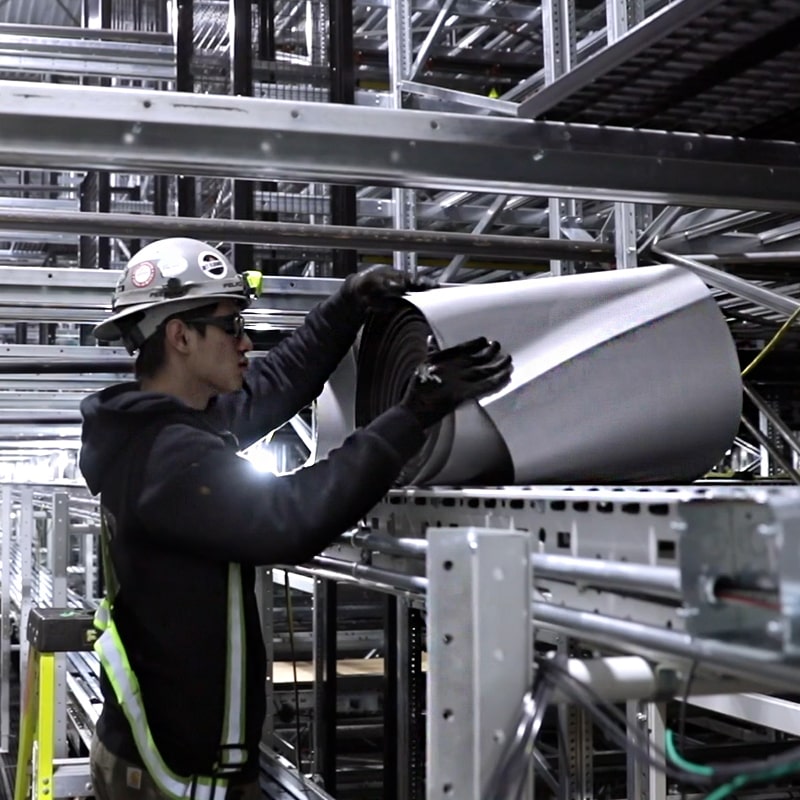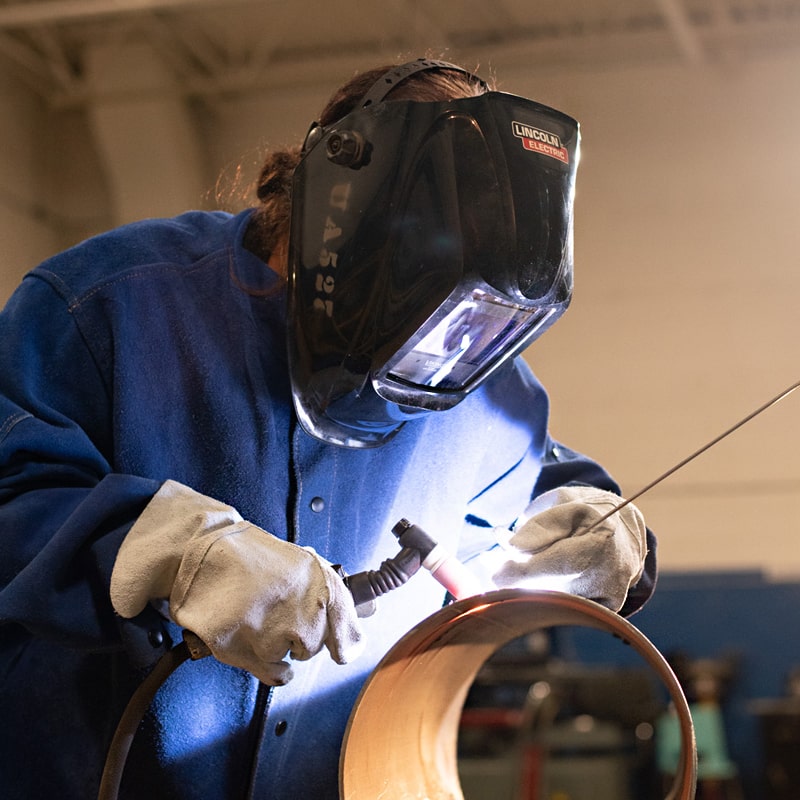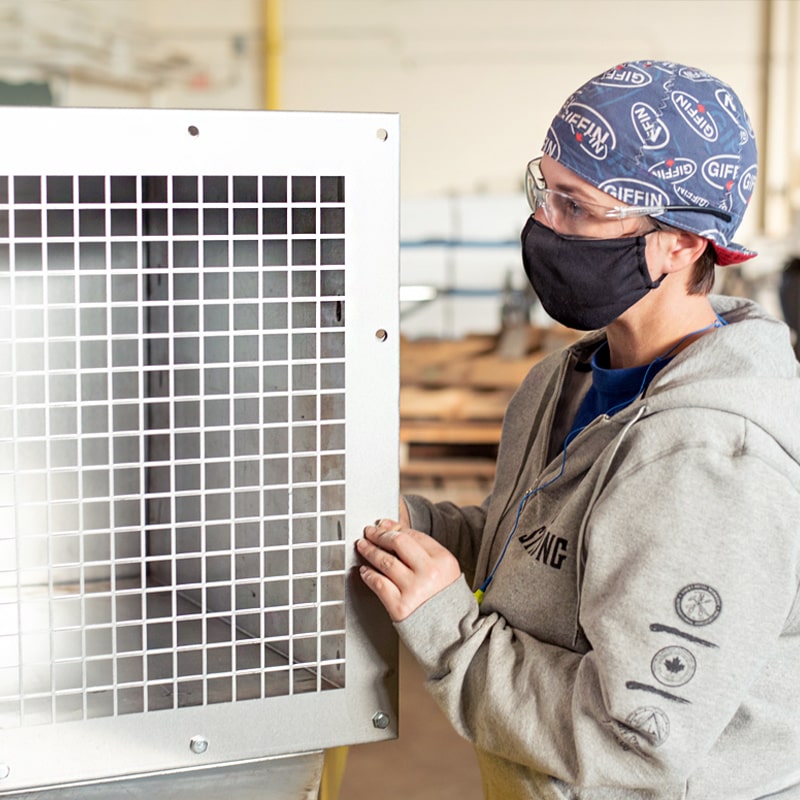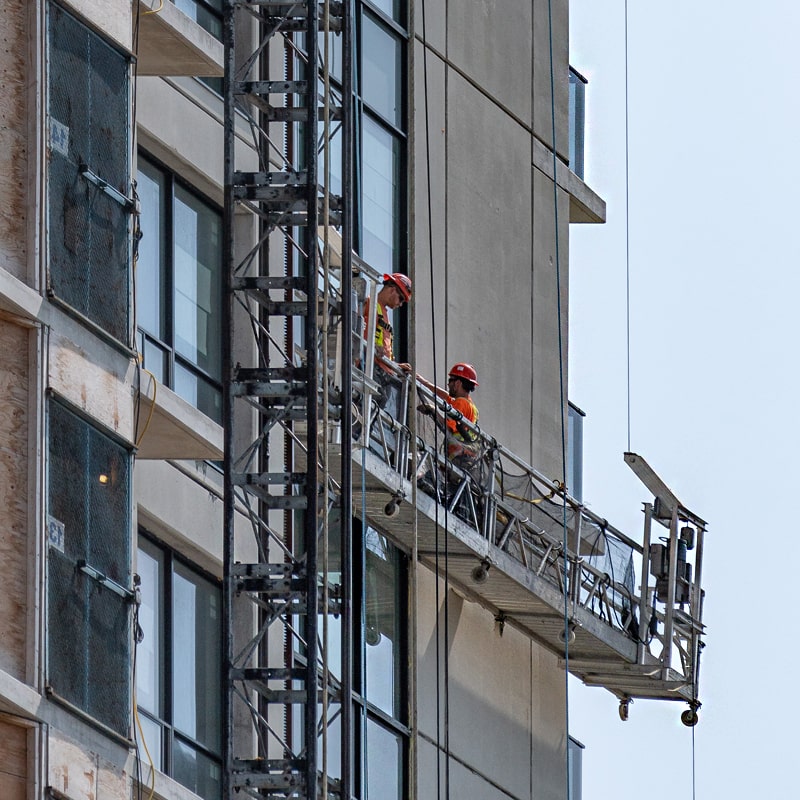A Welder permanently joins pieces of metal or manufactured parts using metal filler and heat and/or pressure; builds structures and repairs broken or cracked parts according to specifications; and carries out special processes, such as welding studs and brazing.
What makes Welders different compared to other skilled trades?
Welding is a trade on its own, but can also be an asset in various other skilled trades. Welders are in-demand and can specialize in the types of materials they weld, environments they work in, and the types of welds they can perform.
Below are three types of the most common welding processes so you can have an idea of the skill involved in this trade.
Types of Welding
Arc Welding
Arc Welding, also known as stick welding, is the oldest form of welding. In addition, it is known as the most cost-efficient type of welding, due to using fewer materials, efficient use of equipment and materials, and easy-to-learn nature. However, this skill requires dedication to properly master the craft and be an efficient welder. Constant practice, keen focus, and a high attention to detail are needed to produce consistent and sturdy welds.
MIG Welding
Metal Inert Gas (MIG) welding, or Gas metal arc (GMAW) welding, is a welding process in which an electric arc forms between a consumable MIG wire electrode and the workpiece metal, heating the metal work surface and causing the pieces to fuse. This type of weld is more expensive due to the materials and equipment needed, but overall produces very consistent and accurate welds.
TIG Welding
TIG welding, or tungsten inert gas welding, is the most versatile welding technique, producing the highest quality of welds of the three methods mentioned here. TIG welding is often used for large scale and complex project which requires a high level of control. Despite the complicated nature of this technique, it is better for thinner materials and offers neater welds with minimal finishing required.

